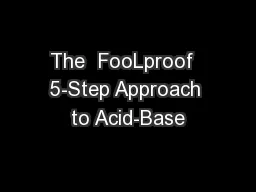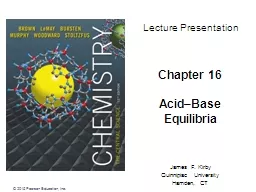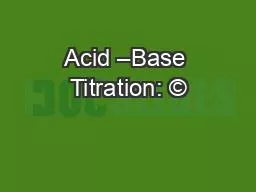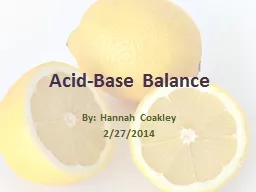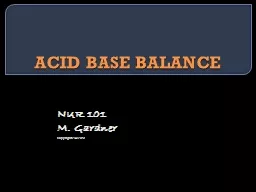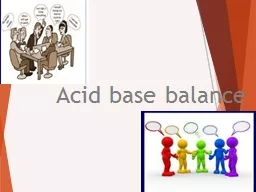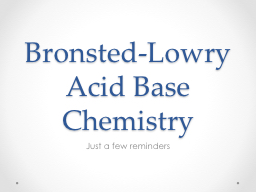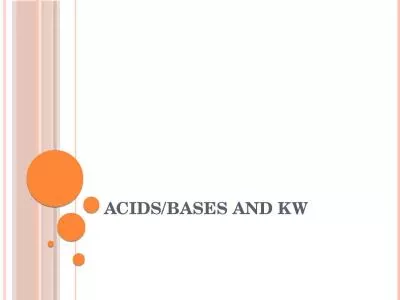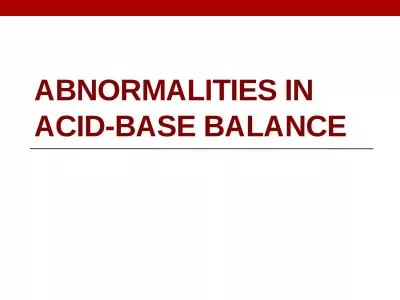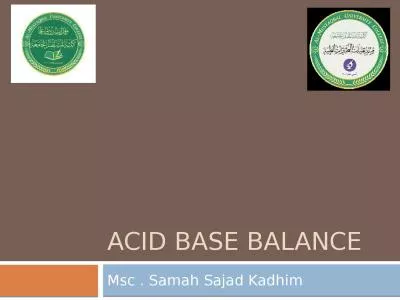PPT-The FooLproof 5-Step Approach to Acid-Base
Author : test | Published Date : 2018-10-08
Robert C Hollander MD PGY30 Gainesville VA The Approach That Never Fails Five Steps Acidemia v Alkalemia Metabolic v Respiratory Anion Gap Does the Δ AG Δ
Presentation Embed Code
Download Presentation
Download Presentation The PPT/PDF document "The FooLproof 5-Step Approach to Acid-..." is the property of its rightful owner. Permission is granted to download and print the materials on this website for personal, non-commercial use only, and to display it on your personal computer provided you do not modify the materials and that you retain all copyright notices contained in the materials. By downloading content from our website, you accept the terms of this agreement.
The FooLproof 5-Step Approach to Acid-Base: Transcript
Download Rules Of Document
"The FooLproof 5-Step Approach to Acid-Base"The content belongs to its owner. You may download and print it for personal use, without modification, and keep all copyright notices. By downloading, you agree to these terms.
Related Documents

